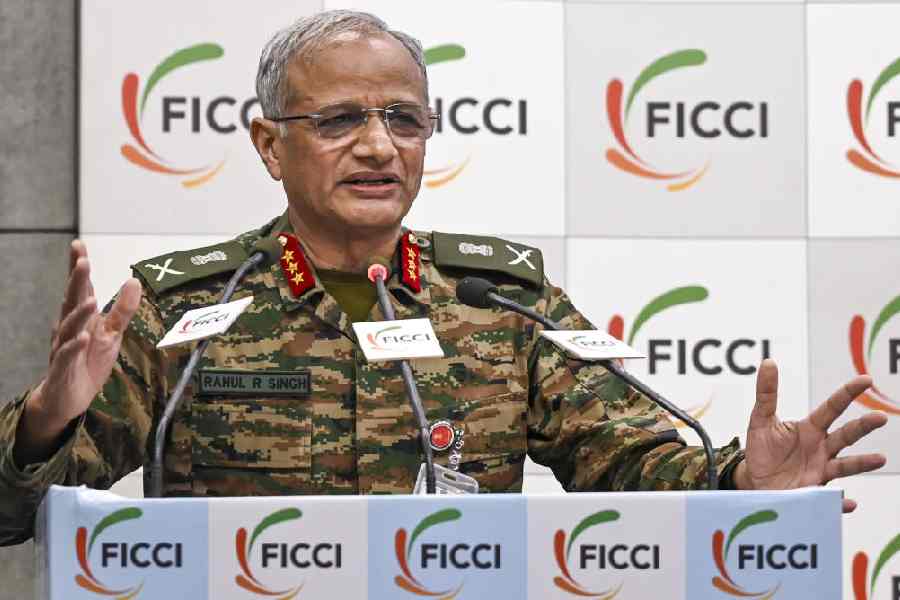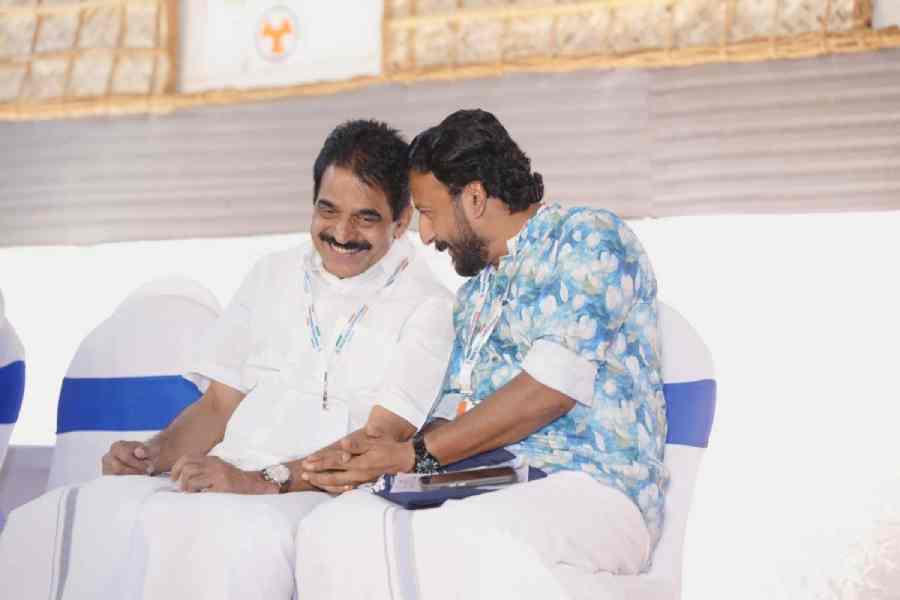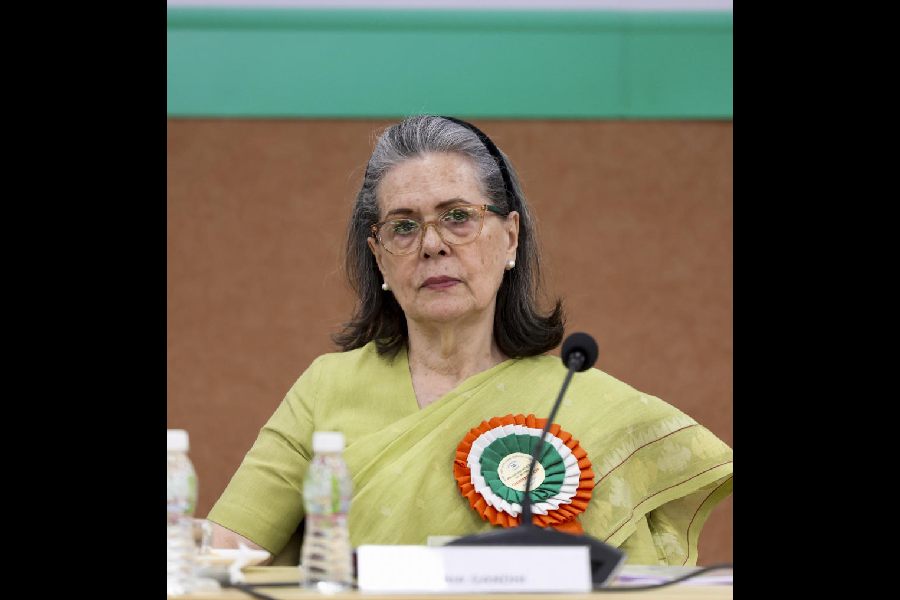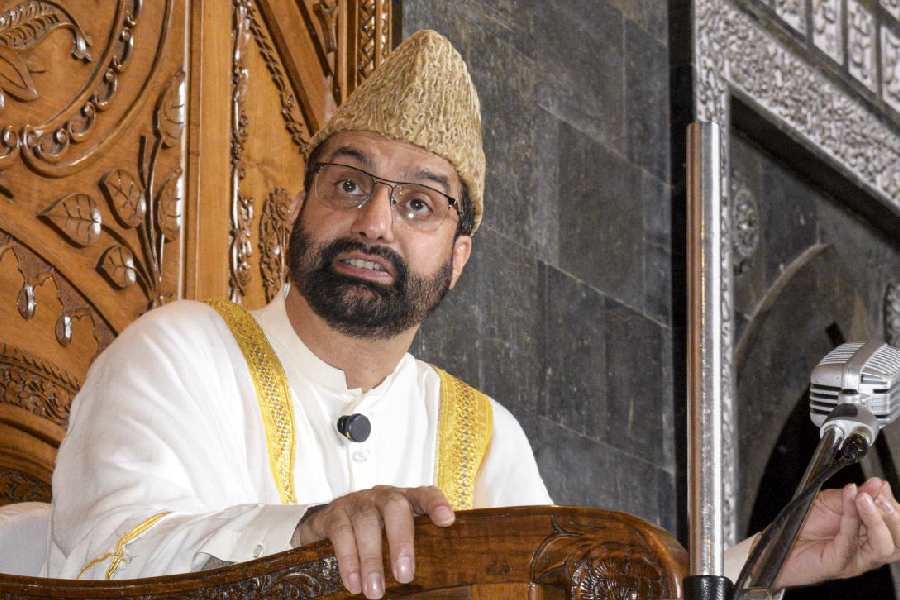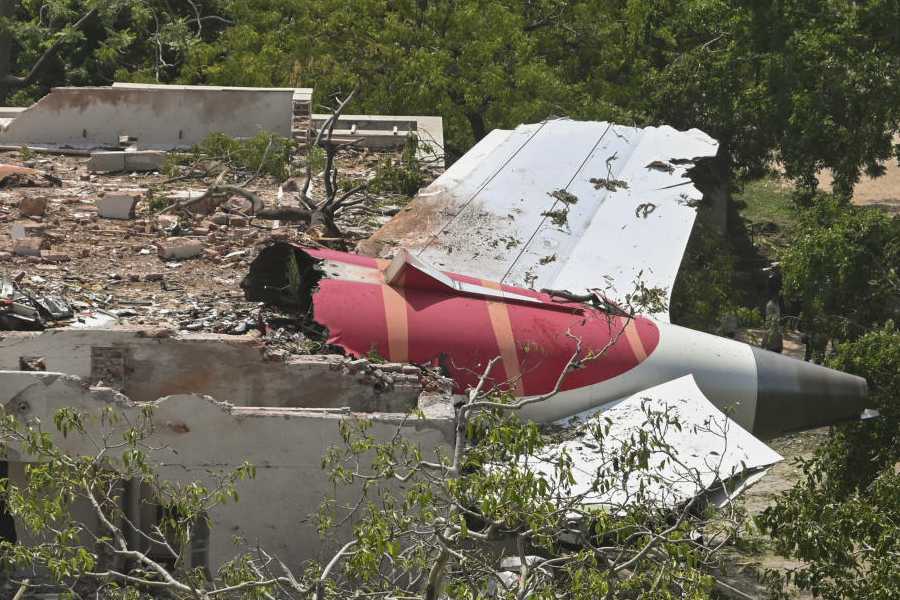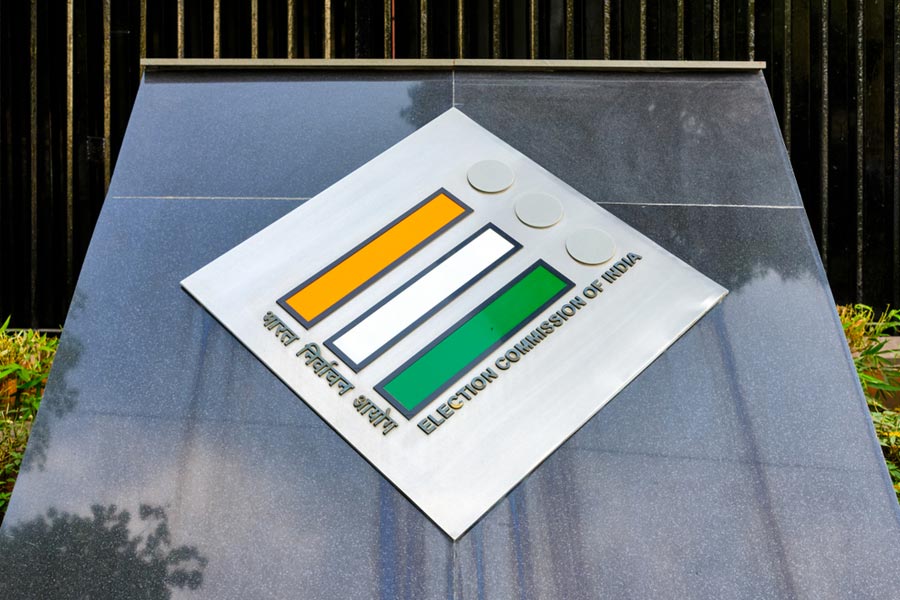 |
| Rafael Nadal |
It cannot be coincidence that the three players to dominate men’s clay court tennis in the past 35 years have been left-handers. The careers of Guillermo Vilas and Thomas Muster were marked by an inexhaustible will and bludgeoning efficiency. The 21st-century model is threatening to outstrip them both.
With victory in the Banco Sabadell Open in Barcelona on Sunday, Rafael Nadal celebrated a 31st title from 33 clay court finals, his 34th win in succession on the surface since losing against Robin Soderling, at the last-16 stage in the 2009 French Open.
At 24, he also became the second youngest player after Bjorn Borg, who retired from tennis at the age of 26, to score his 501st victory on the ATP World Tour.
Nadal will now go to Madrid and Rome to defend his title before flying off to Paris in quest of his sixth French Open title.
Nadal entered the clay season having recently reached the finals of the hard court Masters 1,000 events in Indian Wells and Key Biscayne. And it takes unimaginative pressure for a player to sustain a standard that is something so singular, on this surface of all, against a limitless supply of superb professionals.
What sets Nadal apart is there for all to see, yet demanding to quantify. When he is playing in a tournament, it is worth no more or less to him than any other (he does not do warm-ups); when he plays any point, it is as if it is a championship point; when he practices, he hates to miss.
His ability to effect the subtle changes in footwork, to work on the minor elements that win the majors, is what sets him apart. His mantra, repeated many times, is that until he sees no prospect of improving his game, he will carry on.
Last week, after a seventh consecutive Monte Carlo title, Nadal said it was impossible to imagine repeating what he had done the previous years. “That’s what I feel,” he said. “When I am practising before the start of the clay season, I always think I’m going to be ready to play well and to win another time.
“But it is true that you never know when this will start and when it will end. You have to be ready to accept both these things. It is easier to accept if you think it is going to be impossible.
“When you go on court, every day you can win or you can lose. What I am saying is nothing strange. A 6-3, 6-4 win can mean the difference of three or four points and you have to be ready to win these three, four points — or you lose. I don’t know how much longer I will win these three, four points,” he asserted.
The chemistry between uncle and nephew cannot be replicated. Toni could not coach anyone else and Nadal would not be coached by anyone else. Nadal is a walking, talking programme, able to disseminate performances very quickly and resolve to put it right.
Because, for the first three years, he won the French Open and dominated on the dirt without a decent first serve, Nadal developed an ability to play the third stroke of a rally off his toes.
His backhand slice, in defence or attack, has gained bite; his cross-court double-hander has come into its own. Vilas and Muster in their pomp and strength had similar fitness and endurance. Both were 5ft 11in compared to Nadal’s 6ft 1in. Argentinian Vilas once won seven consecutive titles — four on clay, three on hard courts — and won grand-slam tournaments on clay and grass; in 1995 Austrian Muster won 11 titles on clay, including at Roland Garros (his only Grand Slam title, interestingly).
Muster was believed to have once run a marathon by accident when he took a wrong turn while jogging. For Nadal, the road is straight and true.


